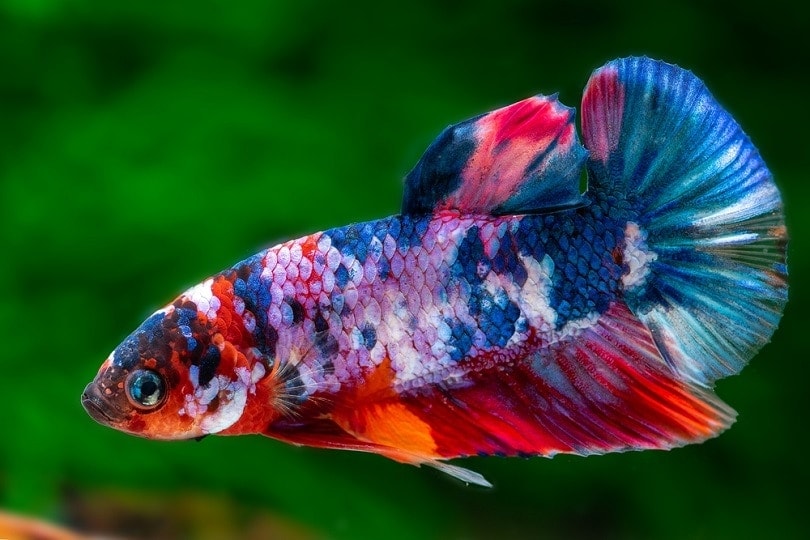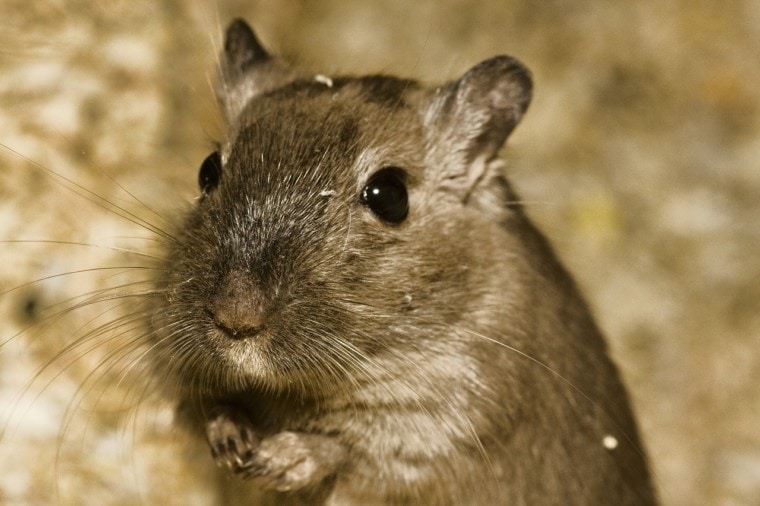
Hamsters come in a lot of different fur color varieties, especially Syrian hamsters. They also have unique colored eyes, ranging from black to red. Most of the hamster’s eye colors depend on the type of fur coloration or the parent’s genes. A hamster’s coat color primarily plays the main role in determining the eye color. There are few rare eye colors, mainly the ruby-eyed cream Syrian hamster coloration. Red eyes are rarer in dwarf hamsters such as the Winter White or Campbell’s hamster. Not all hamsters will have the same eye colors as their different species. The Chinese hamster does not carry a gene to produce the red, pink, or ruby coloration that is commonly seen in dwarfs, Syrians, and Robovorski hamsters.

How Do I Determine the Color of My Hamsters’ Eyes?
Once your hamster is comfortable with being handled, you can hold the hamster near a bright white light (just for a few seconds) and the eyes should reflect any colors, such as a tint of red, blue, pink, ruby, or black, except for Chinese hamsters who typically display a pair of black eyes almost sideways on their slim face.
Some hamsters will have black eyes but display a ruby tint in bright light, this is normal and will become more prominent as they mature. White-colored hamsters will usually display red eyes or black and red-tinted eyes. A seemingly rare eye color variety is when a hamster displays two different colored eyes, such as one red and one black eye, this is known as heterochromia and is a rare condition that does not usually occur often in common pet stores hamsters and is not a cause for concern.

The 7 Hamster Eye Colors and Their Rarity
1. Black-eyed hamster

Black eyes in hamsters are the most commonly bred and owned hamster eye color available. When most of us picture cute furry creatures, we picture them with glossy black eyes. This is the standard eye color for all five hamster species and it is the only eye color available for the Chinese hamster.
2. Black-eyed hamster with a slight red tint

Black-eyed hamsters sometimes display a reddish-pink or ruby tint in their eyes when held under bright white light, this is especially common for hamsters who carry the red-eye gene from their parents. The red coloration darkens as they mature and is especially noticeable in normal light when they reach old age. This coloration is available for all of the hamster species, excluding the Chinese hamster.
3. Blue-eyed hamster
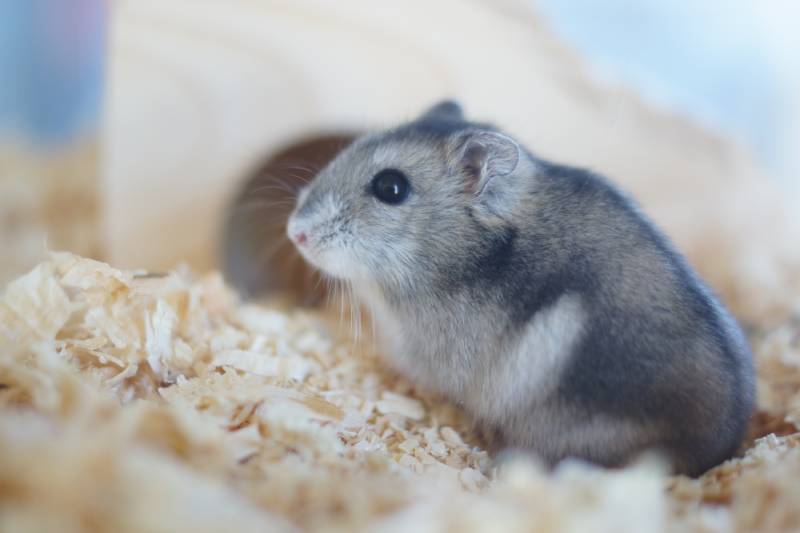
Do not be mistaken by the name, as it can be misleading, although it is commonly called a blue-eyed hamster, the visible eye is black, but there is a light to dark blue ring around the eye if the ring is thick enough it can be seen without your hamster having to look sideways. This eye color is especially common with hybrid dwarves that are the standard wild form fur coloration (a patterned grey) but can also be seen in Syrians and Robovorski hamsters, but less commonly seen in Chinese hamsters.
4. Red-eyed hamster
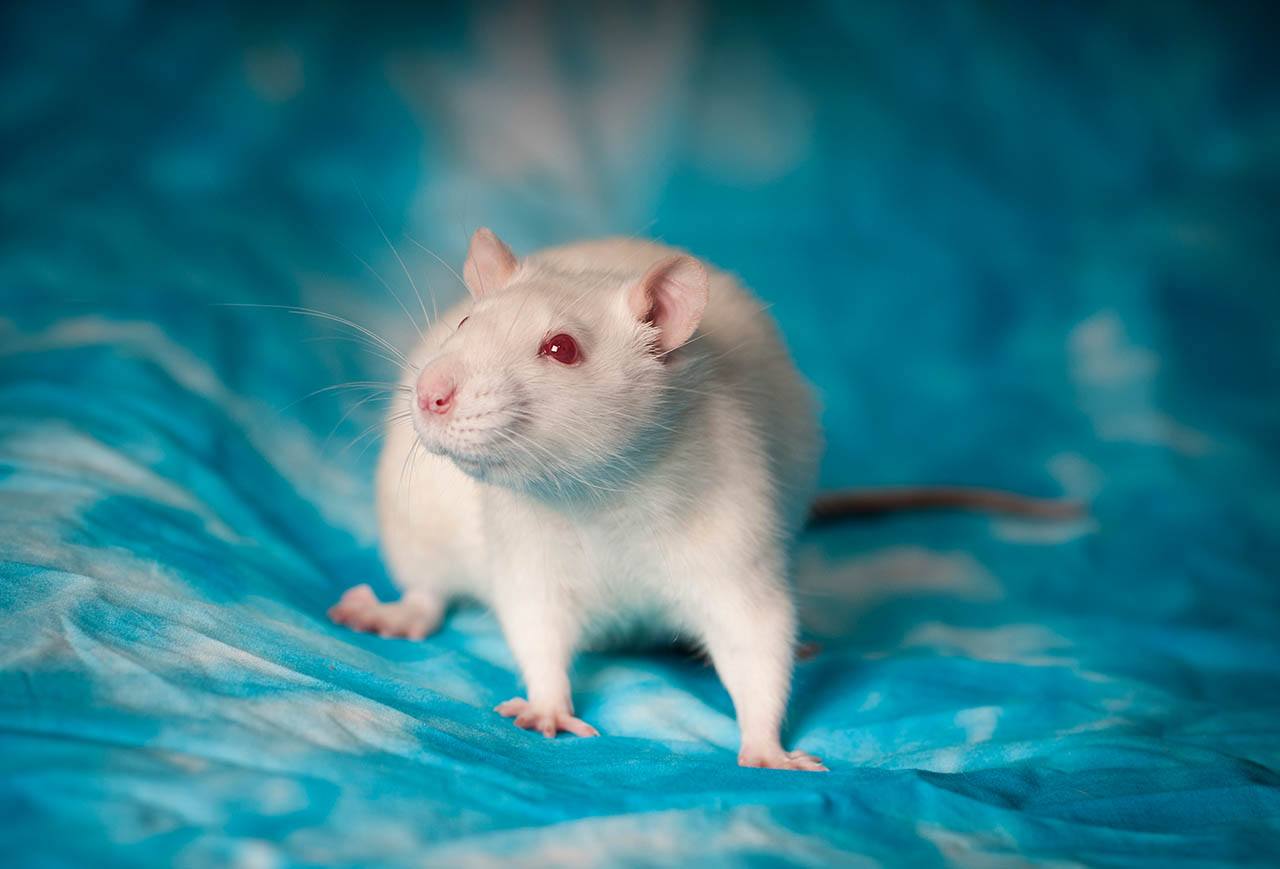
Red-eyed hamsters are the hamster eye color ‘gems’ amongst hamster owners, as it is a fascinating and unusual eye color variation. Red eyes are only found in Syrians, Robovorski, and both species of dwarf hamsters including hybrids (a mix between Campbells and Winter white hamsters). When a red-eyed hamster is young, the red coloration will be much lighter and as they begin to age it will gradually darken.
Red eyes are most commonly seen with white-colored hamsters and hamsters with an orange or cream coloration that is found in dwarves, Syrians, and Robovorski hamsters. Most people panic when they see a hamster with red eyes, but there is no health or medical concern, their eyes just lack the pigment (can be referred to as albinism) needed to develop the standard black eye color and their eyes will not develop much of a dominant color due to the lack of pigment needed.
5. Ruby-eyed hamster
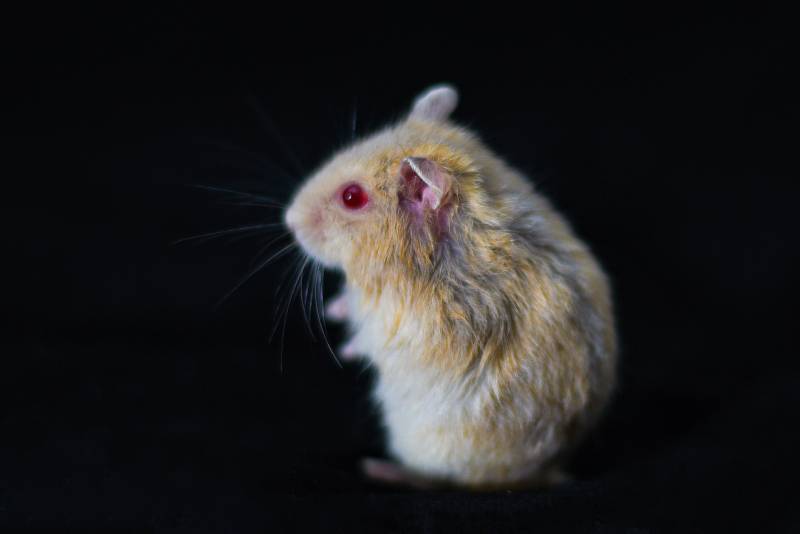
Ruby-eyed hamsters display a dark red eye color from birth, unlike red-eyed hamsters whose eyes will gradually darken and are described as a very deep red wine color. This is a rare eye color and is commonly seen in specifically ruby-eyed bred hamsters from an ethical breeder. It is most commonly seen in Syrian hamsters, white-colored dwarves, and Robovorski hamsters.
6. Light pink-eyed hamster

Hamsters can take on light pink eye colors, in bright lights the pink eye coloration can show a white undertone if you were to take a picture of your pink-eyed hamster with your phone flash on, the camera will pick up the white undertone as well. You will most likely see this in noticeably young red-eyed hamsters or as a primary color in cream or white-colored dwarves, Robovorski, and Syrian hamsters. The pink eyes can start to fade to a darker red color, but this is mainly seen in older hamsters.
7. Heterochromia
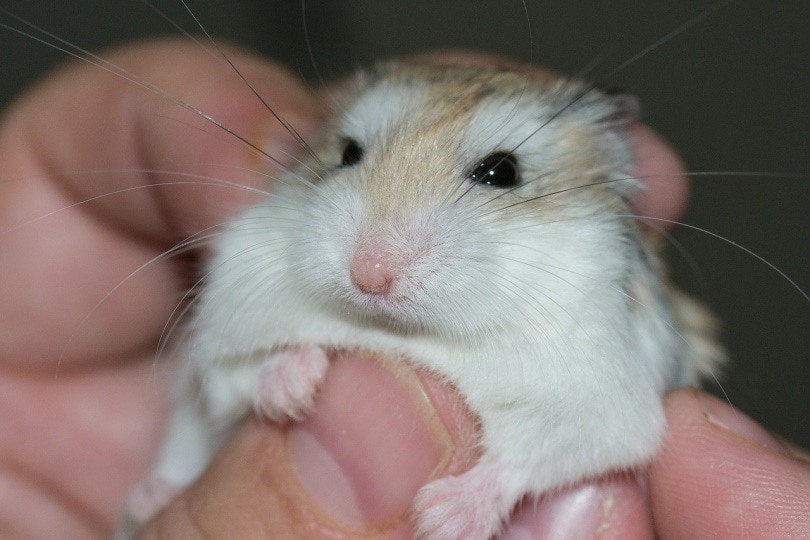
Heterochromia is an exceedingly rare eye condition that can occur in Syrian or dwarf hamsters. Heterochromia is when a hamster has two different colored eyes, such as one black and one ruby-colored eye. It is not a medical condition and it is just a genetic mutation, that is incredibly rare in the hamster owning community, although the color difference is quite fascinating! Multi-colored-eyed hamsters are found few and far, most are the first to be snatched up at a pet store or breeder.

Conclusion
With so many hamster eye colors, it can be hard to pick a favorite. In most cases, your hamsters’ fur color will determine their eye coloration when they mature into an adult hamster at 3 months old. Unfortunately, the Chinese hamster does not display a wide variety of eye colors as the Syrian, dwarf and Robovorski hamsters do. The rare eye colors (heterochromia) can be hard to find, but it is an intriguing hamster eye coloration.
Featured Image Credit: Pixabay




